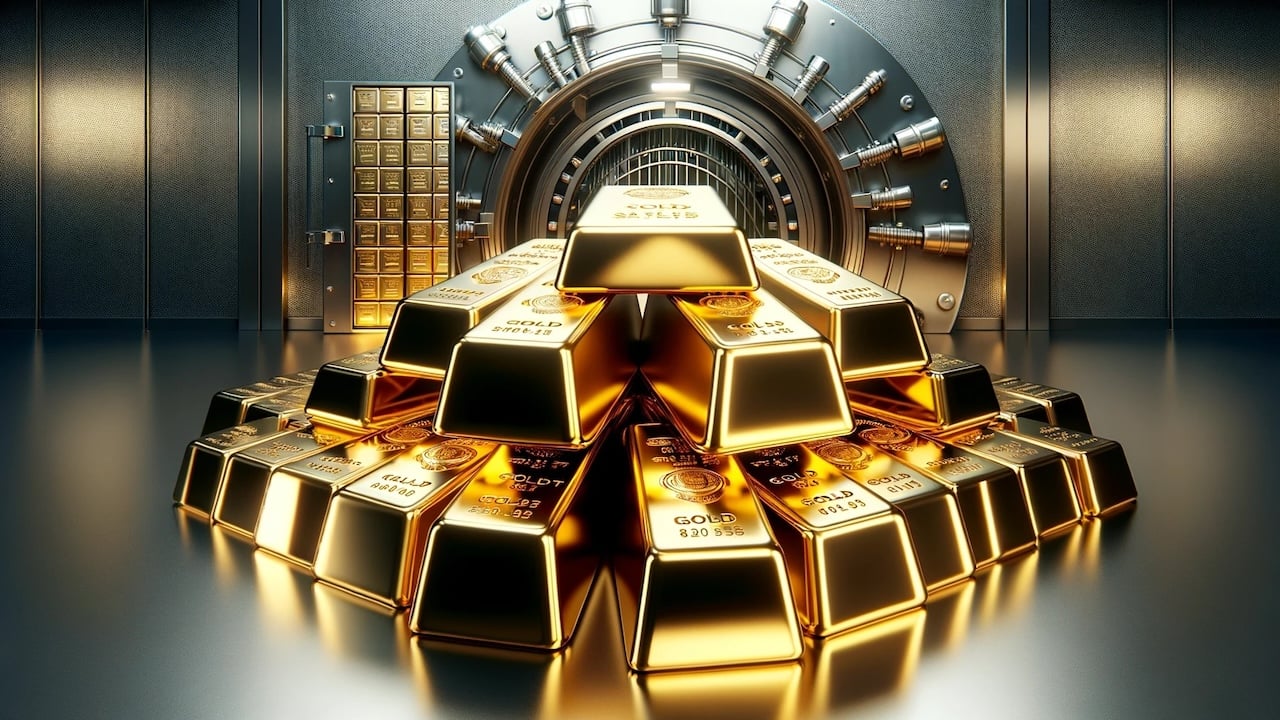(Mike Maharrey, Money Metals News Service) When you’re considering investing in precious metals, you are confronted with many options. Silver or gold? Bars or coins? And what in the world is an ETF?
Understanding the differences between an ETF and physical gold and silver is an important first step in the journey to precious metals investing.
ETF is an acronym for “Exchange Traded Fund.” In simplest terms, an ETF represents a basket of investments that trades on the market as a single entity. An ETF could represent just one commodity, such as oil, or it could hold a wide range of assets such as tech stocks. The mix of securities that can potentially be held in an ETF is limited only by your imagination.
Just like stocks, ETFs are sold in shares. The price rises and falls throughout the trading day as they are bought and sold on the market just like a stock or bond.
In the world of precious metals, there are gold and silver ETFs. Some funds hold a mix of metals and others include mining stocks.
For the sake of simplicity, I’ll focus on gold ETFs, but the same principles hold for silver-backed funds.
A gold ETF is backed by metal owned and stored by the issuer. In most cases, investing in an ETF does not entitle you to any amount of physical gold. You own a share of the ETF, not gold itself.
The most popular gold ETF is the SPDR Gold Shares Exchange Traded Fund (GLD). This ETF was established in 2004 and roughly tracks the market price of gold bullion.
So, why would anybody invest in an ETF instead of physical metal?
Simplicity and convenience.
ETFs are relatively liquid. You can buy or sell an ETF with a couple of mouse clicks. You don’t have to worry about transporting or storing metal. In a nutshell, it allows investors to play the gold market without buying full ounces of metal at the spot price.
Since you are just buying a number in a computer you can easily trade your ETF shares for another stock or cash whenever you want, even multiple times on the same day. Many speculative investors take advantage of this liquidity.
But it’s important to understand that investing in an ETF is not the same as owning gold.
While a gold ETF is a convenient way to play the price of gold on the market, you don’t actually possess any gold. You have paper. And you don’t know that the fund you’ve invested in has any gold either.
SPDR claims it backs its entire $52 billion market capitalization in physical bullion. It probably does. But you have no way of knowing for sure. You can’t go inspect the gold in their vault. And they won’t give you the metal you’re investing in if you call them to ask for it.
The fund says it has gold and you’re taking their word for it.
It’s important to consider that the investment bank HSBC serves as the custodian of the vault holding SPDR’s gold.
This introduces significant counterparty risk.
On the other hand, owning physical gold comes with very little counterparty risk. If you buy gold coins or gold bars and store them in a safe at home, there isn’t another party involved. You know exactly how much gold you have and where it is. There is no other party to default, commit fraud, or make a mistake.
There are plenty of reasons to invest in ETFs, but it is not a substitute for owning physical gold.
Mike Maharrey is a journalist and market analyst for MoneyMetals.com with over a decade of experience in precious metals. He holds a BS in accounting from the University of Kentucky and a BA in journalism from the University of South Florida.

